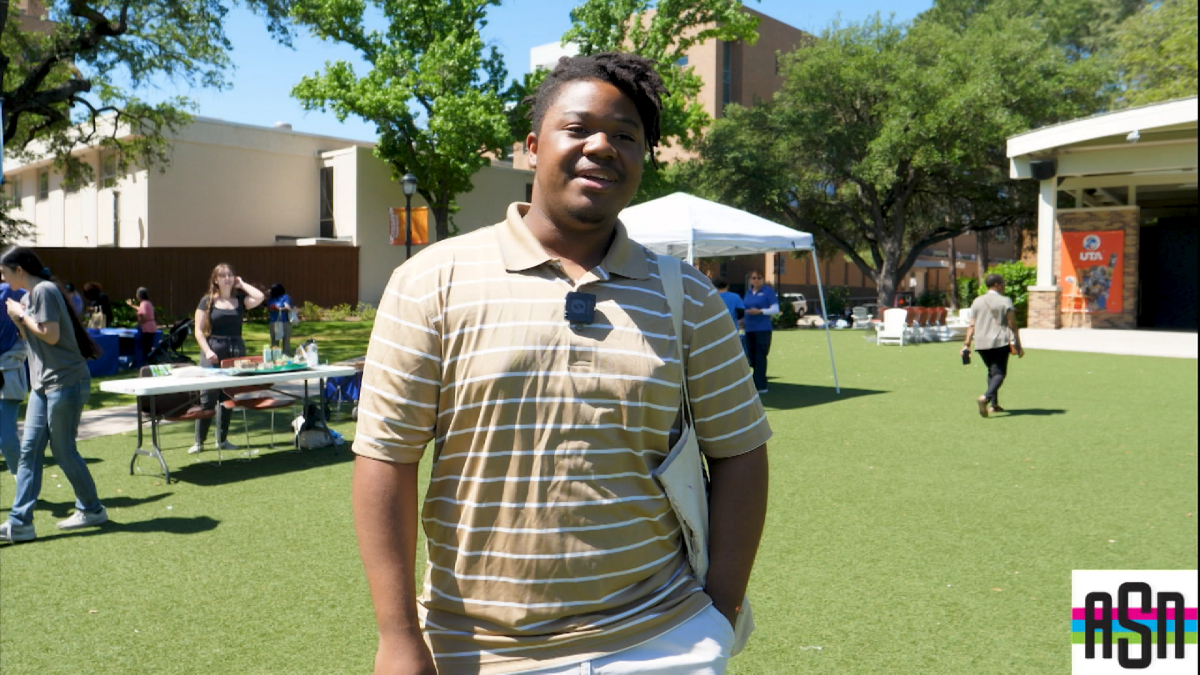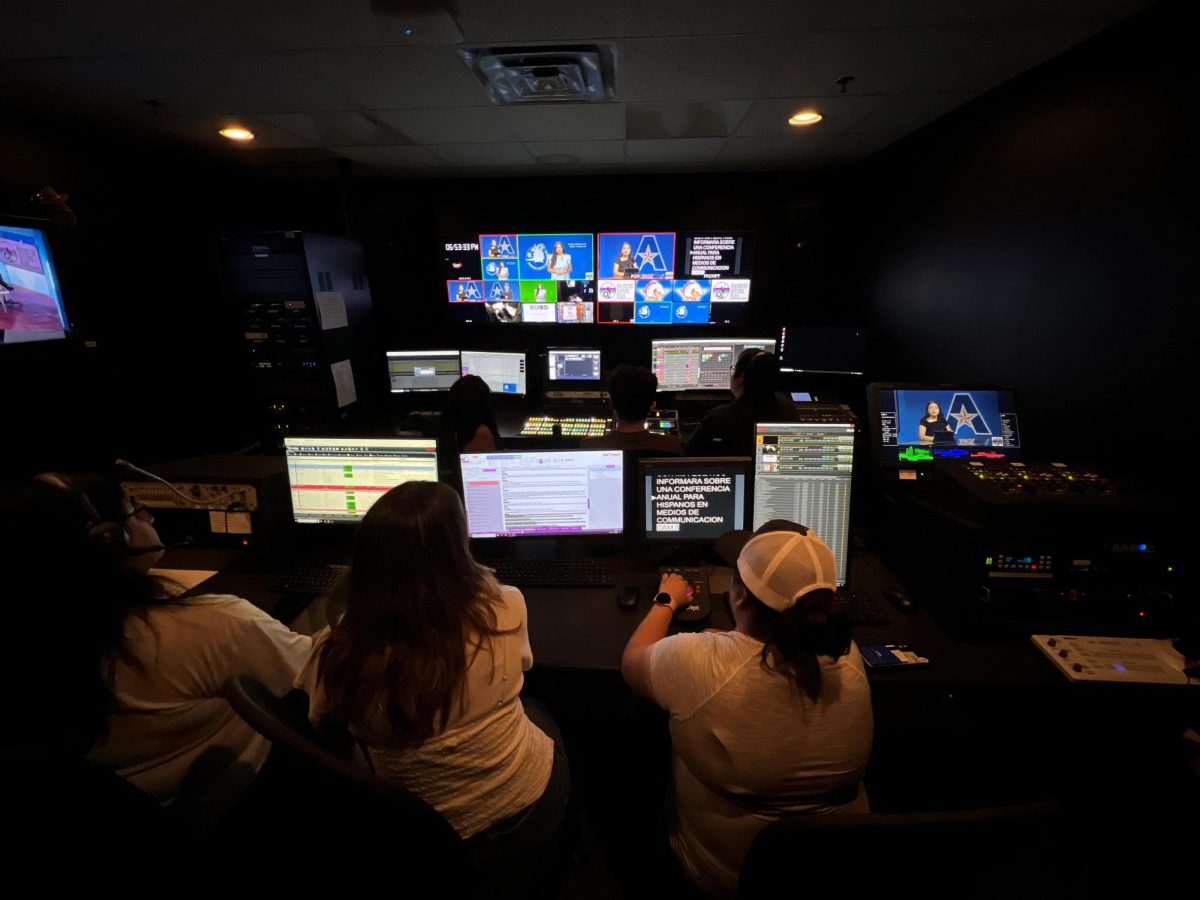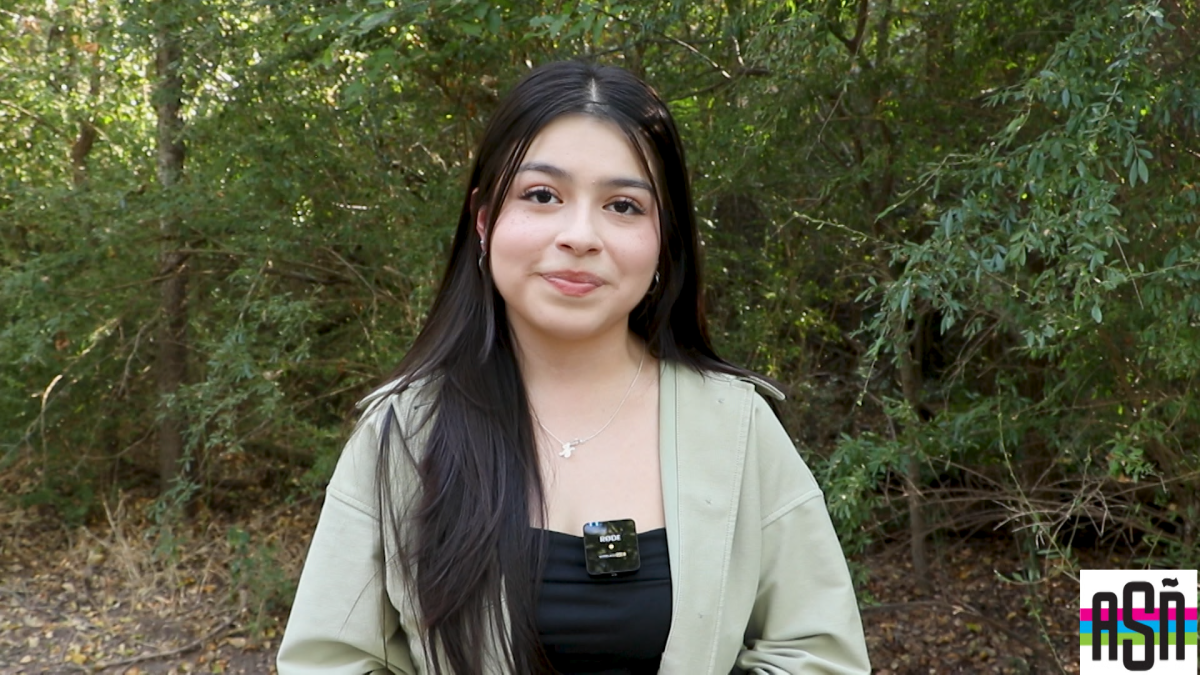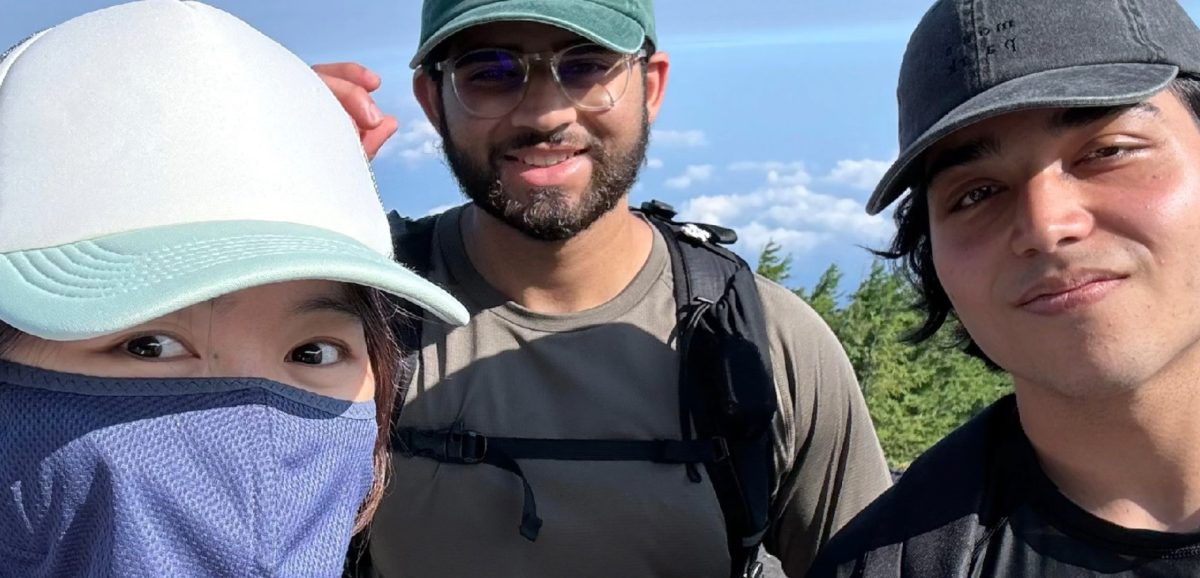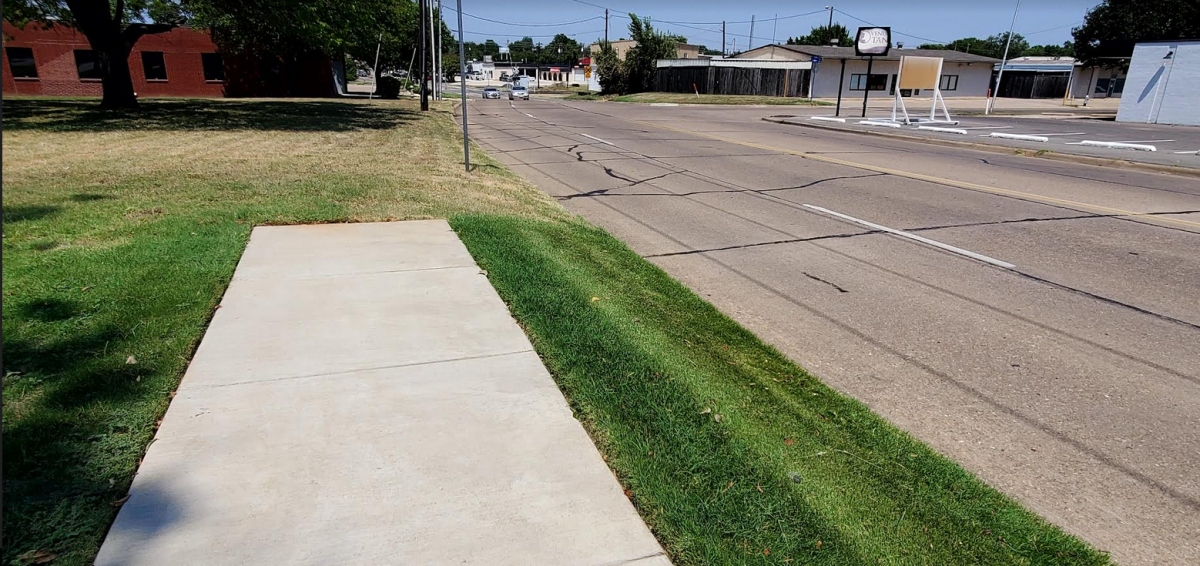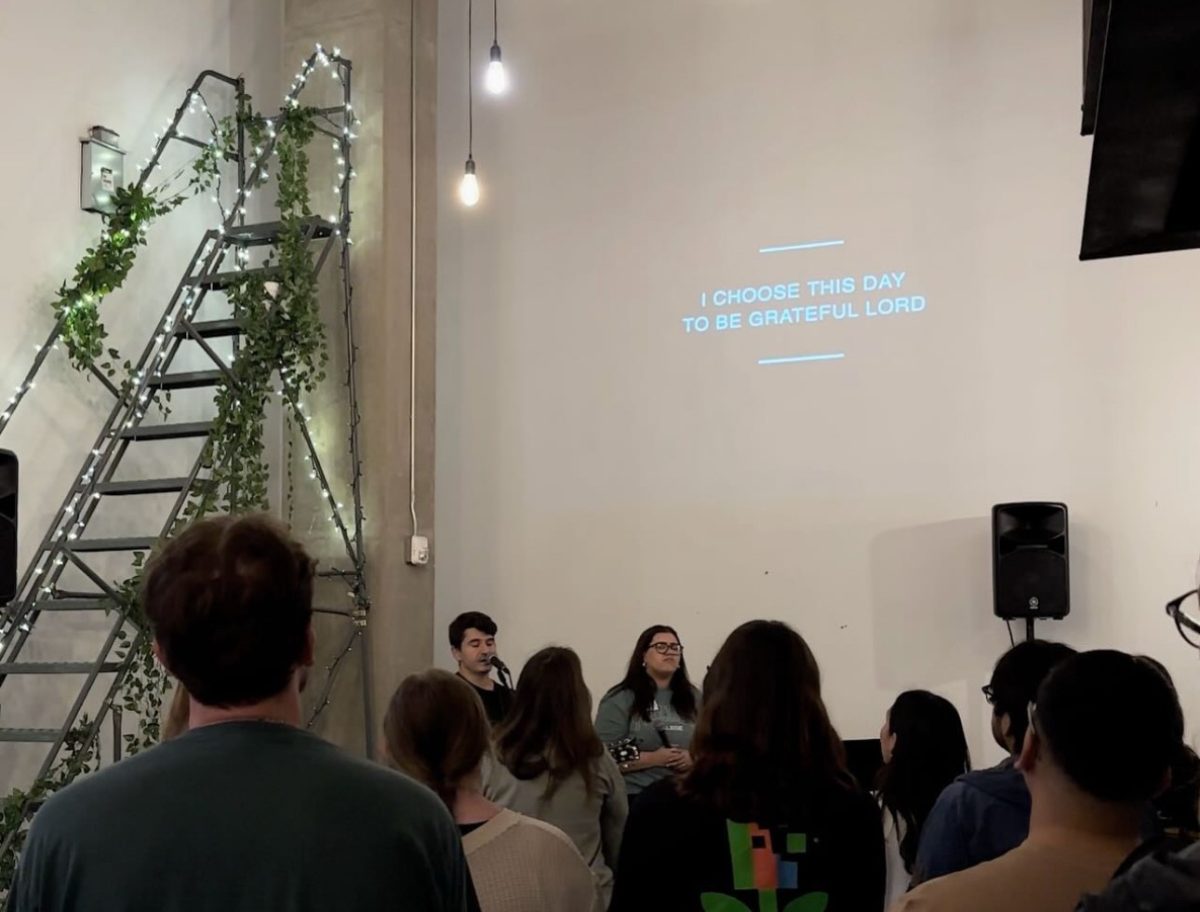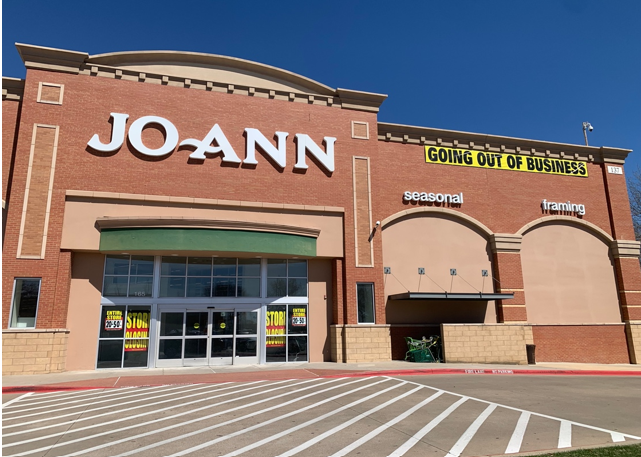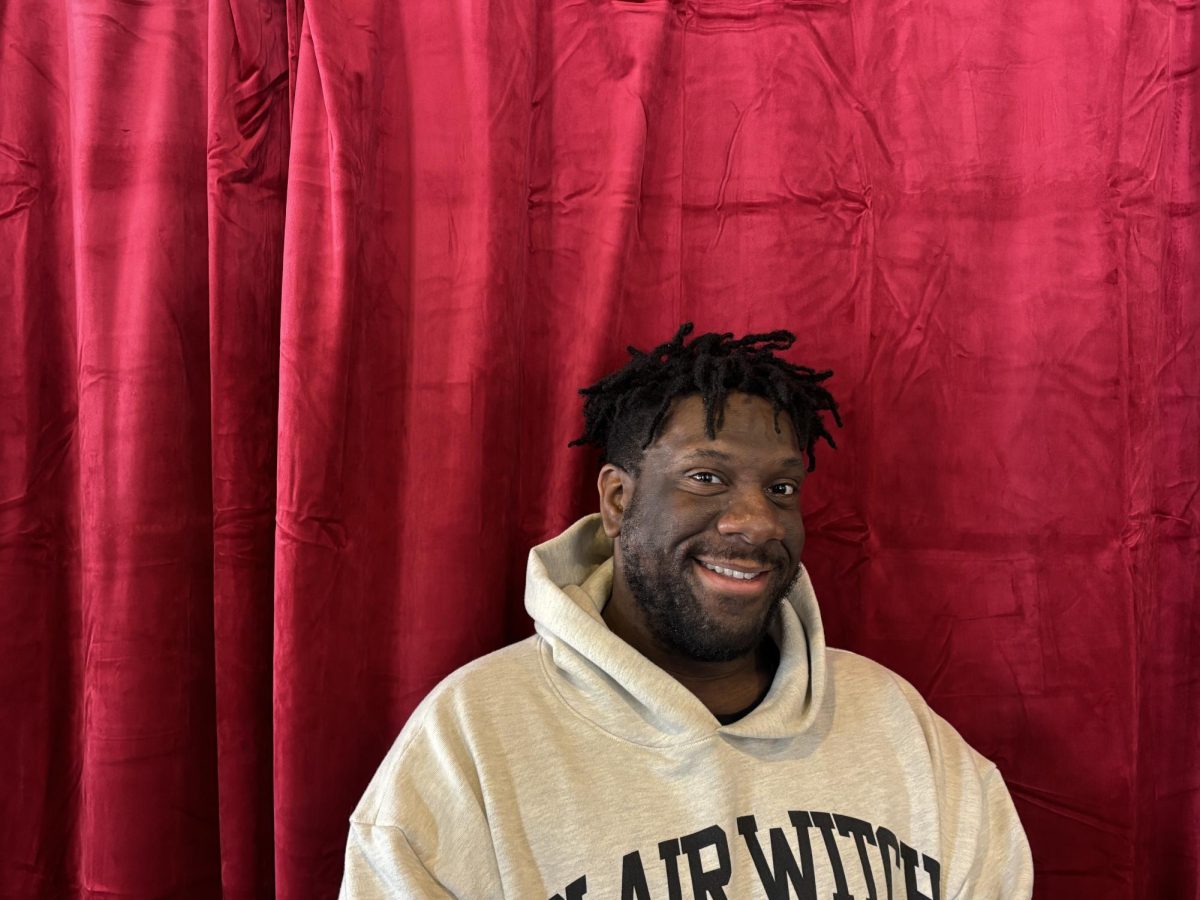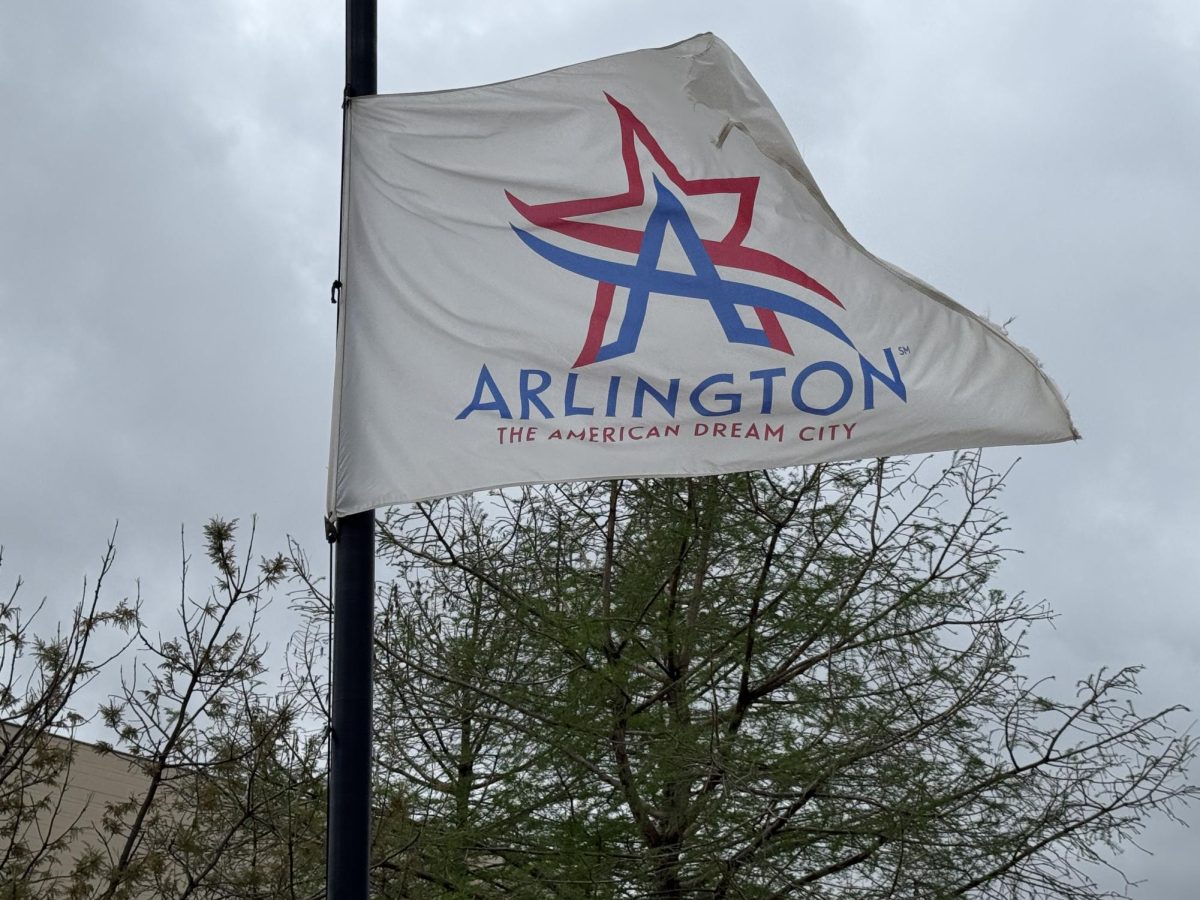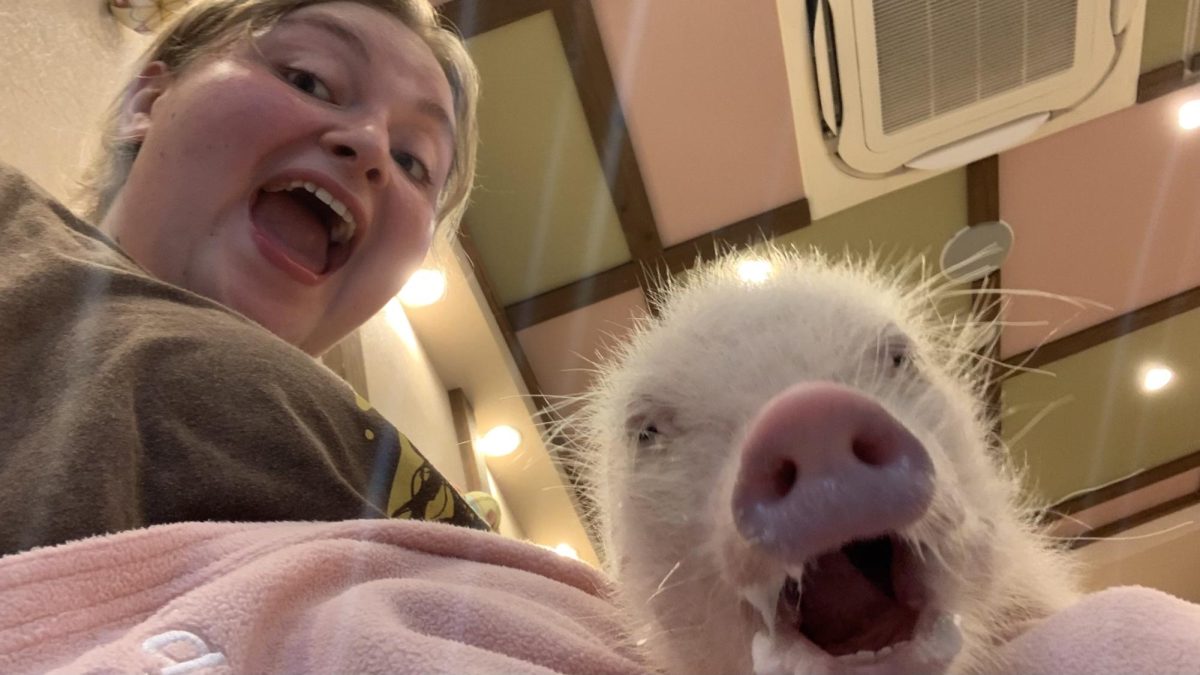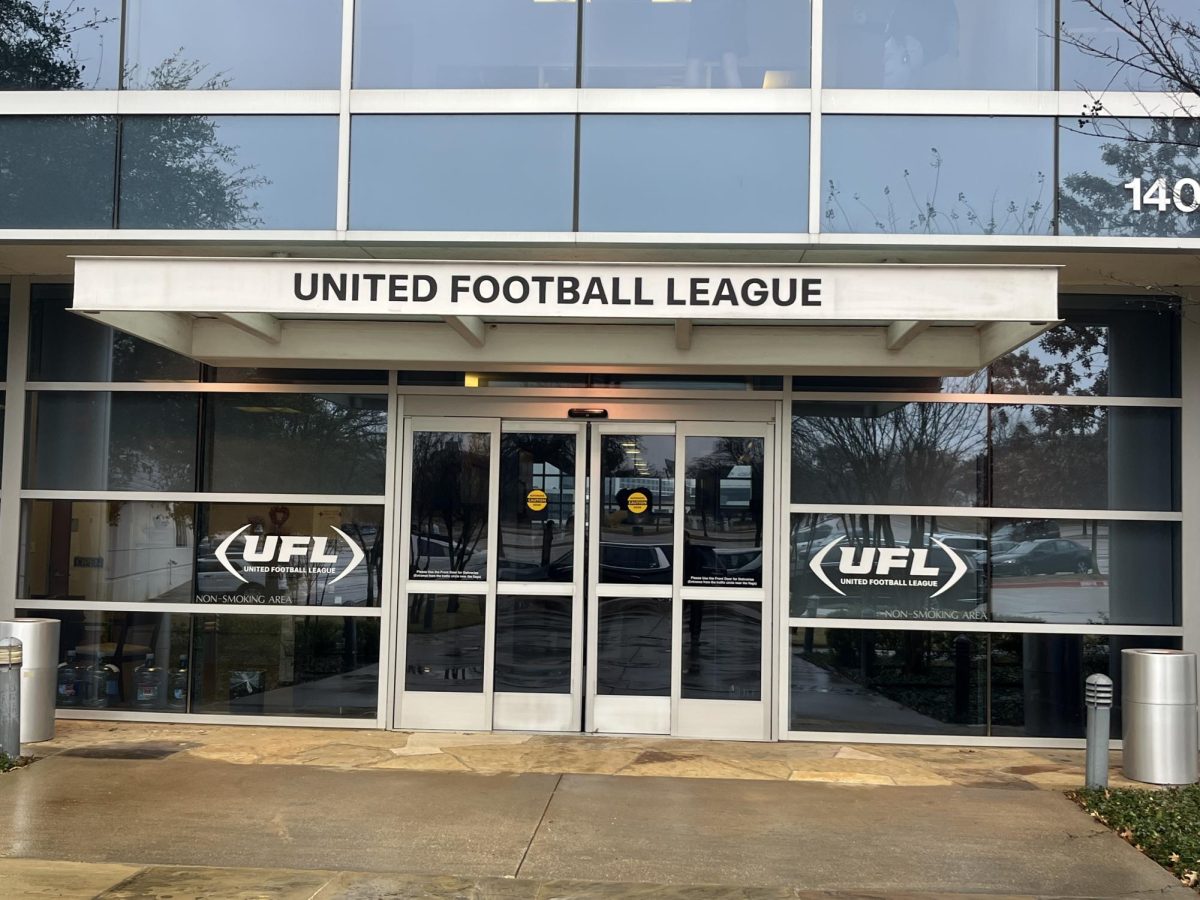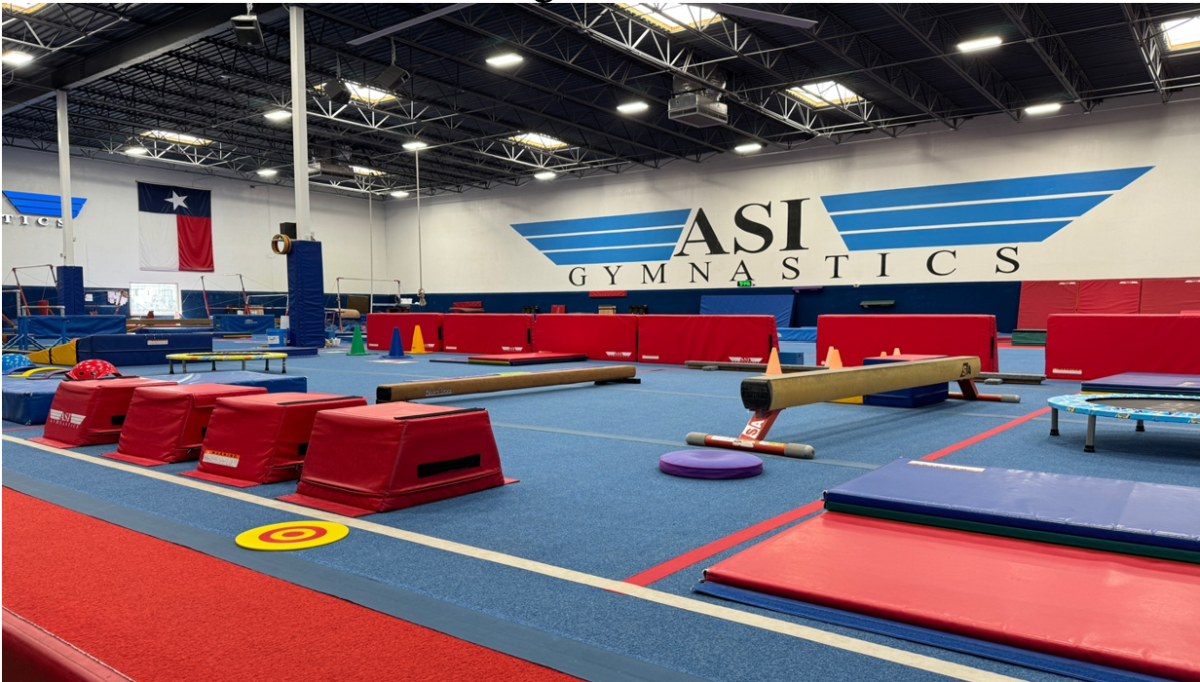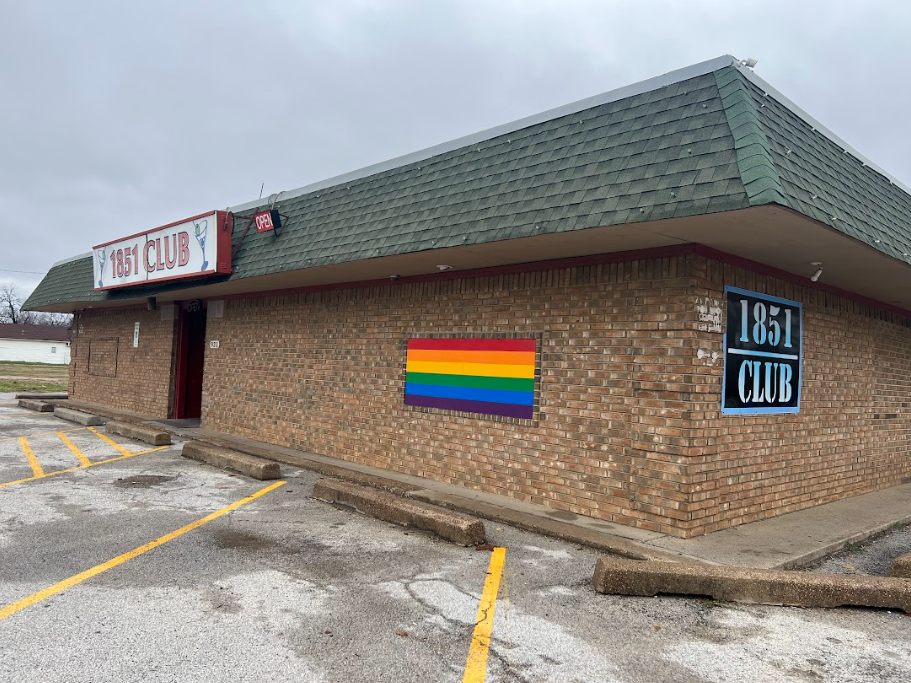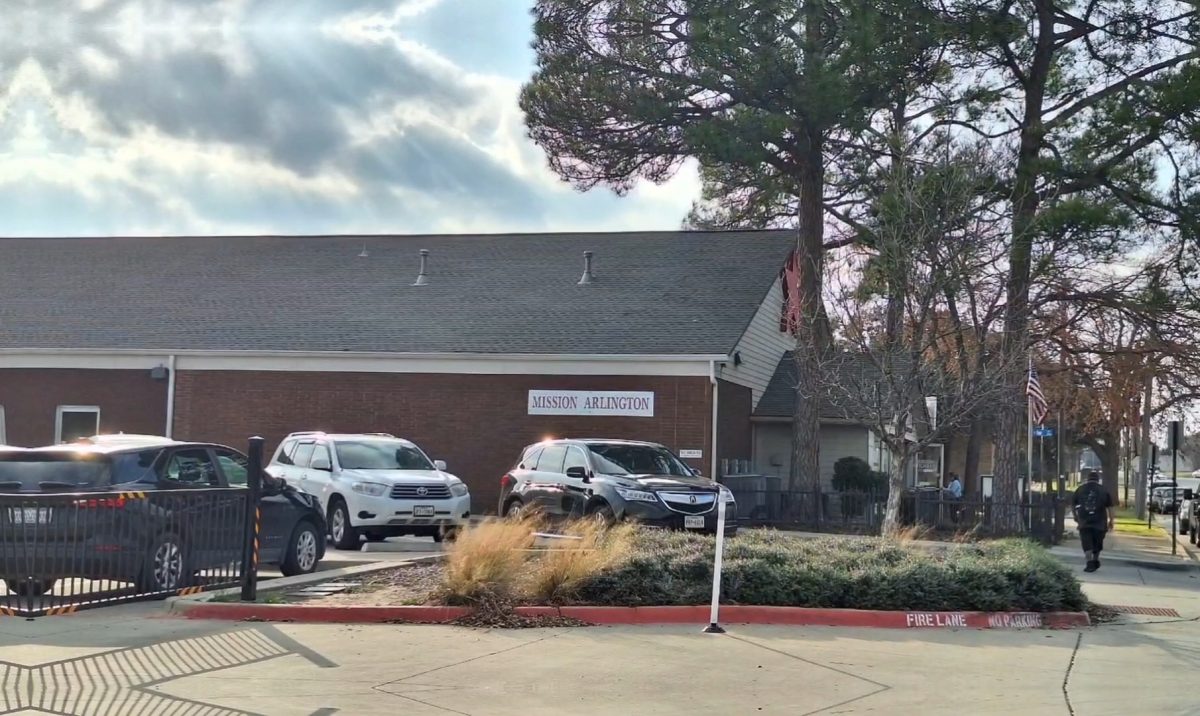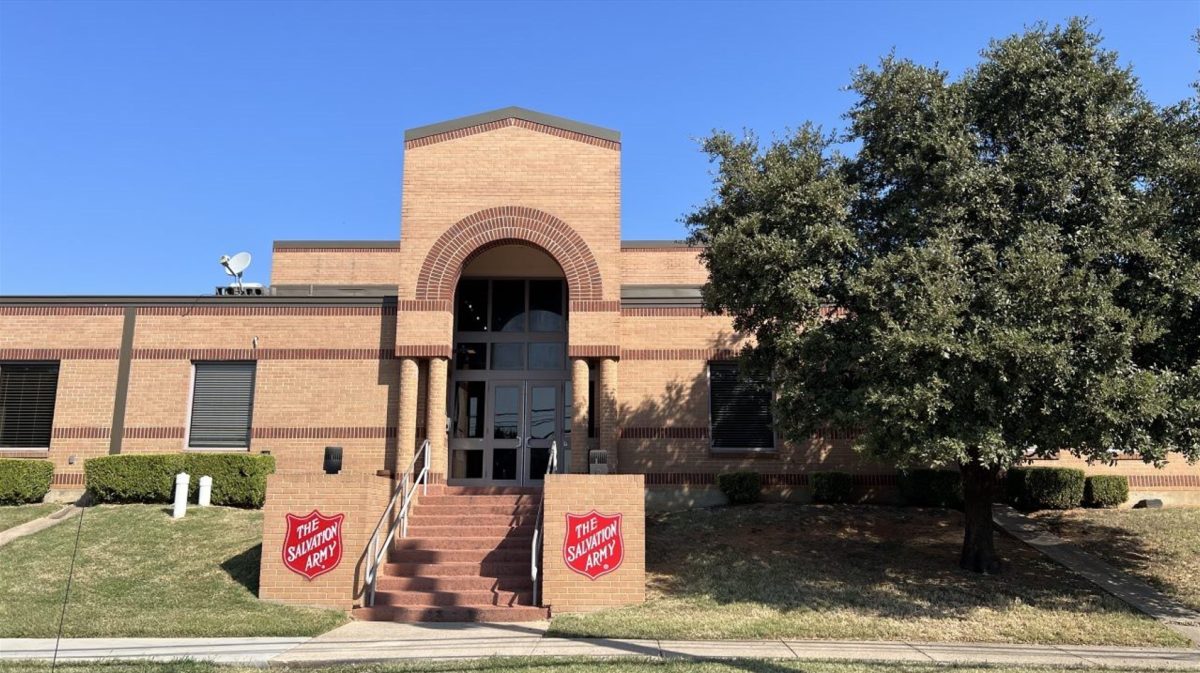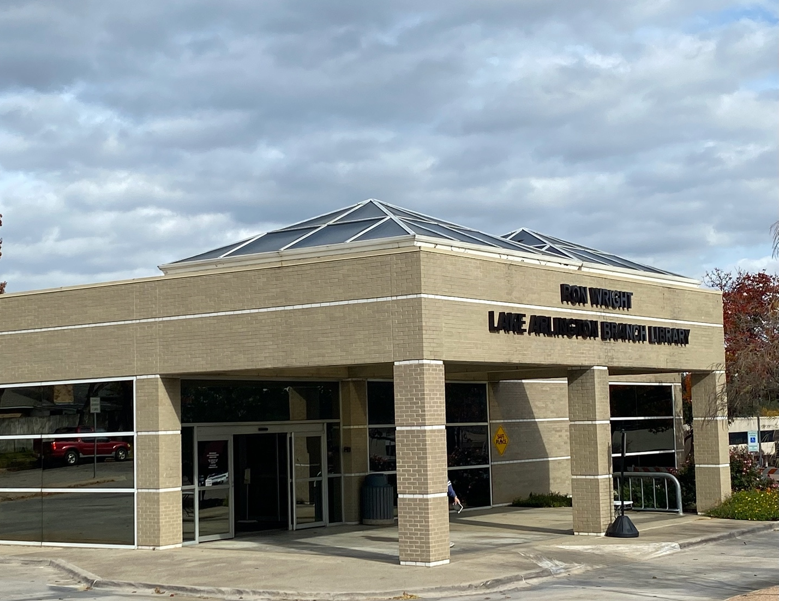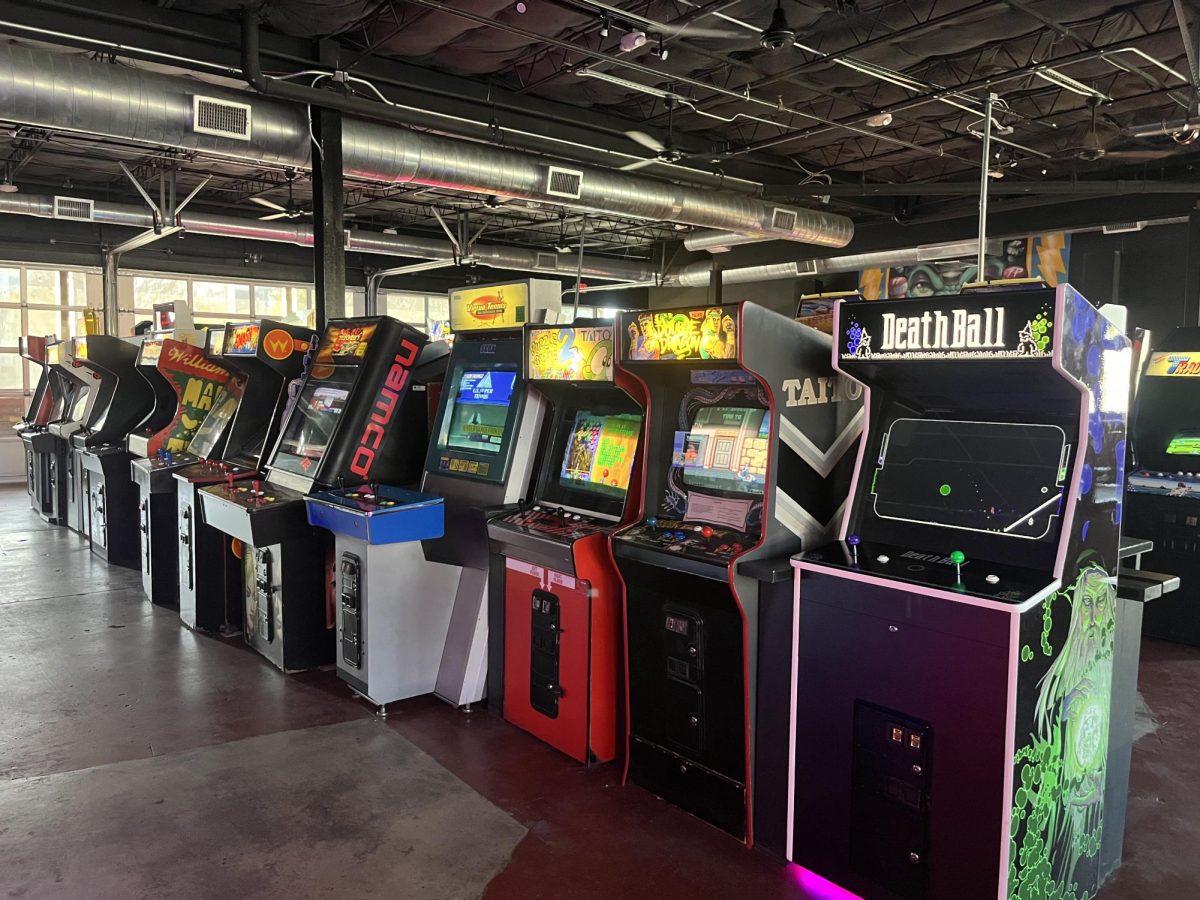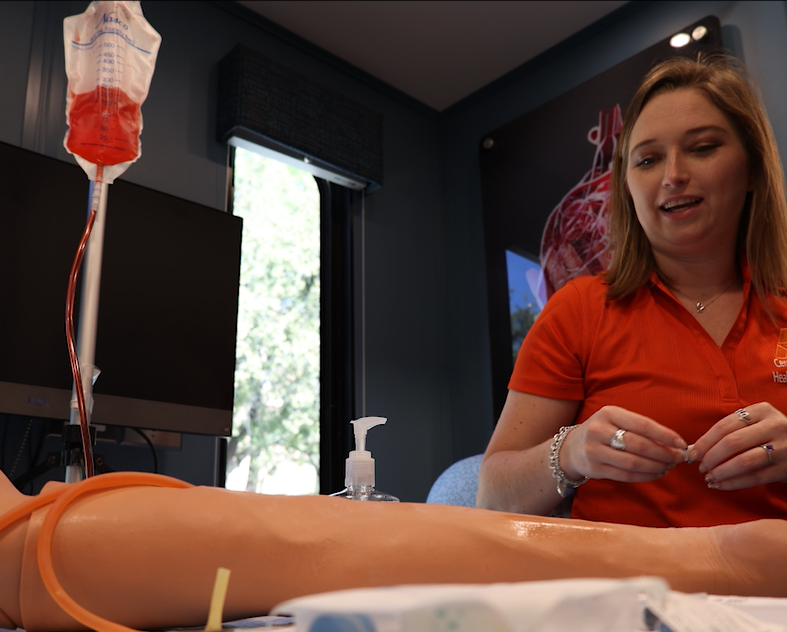ARLINGTON, Texas— It was a brisk morning at the Ron Wright Lake Arlington Library. The roads were still wet from the rain the night before, and the sun peeked over the clouds to remind everyone that the world revolves around it.
It was the day of the week for toddler story time led by librarian Dawn Reyes.
Ron Wright Lake Arlington carried the quiet energy that most libraries possess. In an increasingly loud and fast-paced world, the library showed the way to a different reality. Whether it was the smell of old books, the silence across the whole building, or the seemingly endless amount of knowledge on display, its energy was calm. The library was cozy, and it felt like an escape.
With early voting occupying the space where story time would normally take place, Reyes made do with setting up shop in the children’s books section having three rows of chairs that only a toddler would be able to comfortably sit in.
As story time neared, toddlers bursting with carefree energy began arriving with their parents, some of whom looked like they couldn’t remember their last good night of sleep. This story time was special because it was right before Halloween. In holiday spirit, some toddlers dressed up in their costumes. There was Woody from Toy Story, a lion, a tiger and a bat.
They all made their way to their small seats as Reyes began story time. She sang a few nursery rhymes with choreography and had the toddlers join in on the fun to get them engaged. After some nursery rhymes, she went around the room to learn all their names.
After learning a name, Reyes immediately gave a compliment, which was usually followed by a shy smile from the toddler.
The first book is That Pup! by Lindsay Barret George. As Reyes read the story, some children were seated and paying close attention while others began to wander around in search of other forms of entertainment. Before they got too far, Reyes reeled them back by asking the group to describe the puppy and the pumpkin.
The library that was once quiet instantly filled with toddlers’ voices describing all at once the puppy and the pumpkin in the book.
Story time has been a staple program for libraries across the country, introducing a new generation to the value of the institution.
Relevance questioned
But some people question the continued usefulness and viability of libraries. Some believe that libraries are old buildings filled with old librarians. Others fear libraries have become spaces of potential indoctrination. Still others think that libraries are no longer necessary. For these reasons and more, lawmakers in Missouri, Michigan and Texas have moved to cut funding from libraries or shut them down. The Missouri House in April 2023 voted to withhold $4.5 million in funding for public libraries.
Libraries have adapted to today’s society of a tech-driven world. The Arlington Library system has seven libraries and offers more than 2,400 programs to the people of Arlington.
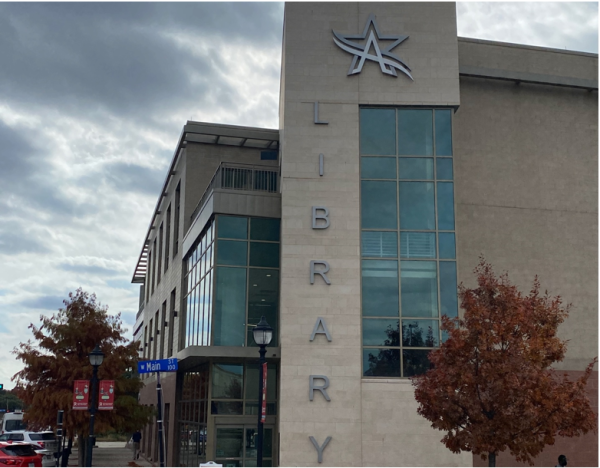
One of the programs offered is the robotics program at the George W. Hawkes Downtown Library. It is a beginner’s robotics course that uses Lego Mindstorms, which is a program that allows users to build and program a robot made of Legos that can dance, fight and play sports. This program teaches the basics of coding languages to children. It is offered to homeschooled children and the course is taught by children’s librarian Marla Boswell.
In addition, the Hawkes Downtown Library has a maker’s space, which is a dedicated space in the library where patrons can learn skills such as sewing, cooking and painting. All these programs are offered to Arlington residents for free.
Another service that is offered exclusively at the Hawkes Downtown Library is the ability to get a passport. The downtown library’s passport application acceptance facility is not exclusive for Arlington residents. Anyone in the area can book an appointment provided he or she has the proper paperwork. The library website offers instructions on everything one needs to do before arriving for an appointment.
Another library program that can have a big impact on the community is its citizenship program. The library offers free classes to people trying to get their citizenship. The course offers instruction in U.S. history, government and geography.
Other Arlington system libraries offer additional programs, such as the kids’ chess club at the Ron Wright Library. The library works with the Arlington chess club to provide volunteer experts to facilitate and teach children how to play chess.
Programs often come from brainstorming sessions and go through lots of research and due diligence before they are released to the community. Librarians meet at a yearly conference to discuss potential programs and engage with other libraries outside the city if those facilities already have a program that Arlington is thinking about adding.
Librarians wear multiple hats
Librarians are more than just nice professionals who are well versed in the Dewey Decimal Classification.
In the Arlington library system, librarians wear many hats. Boswell, for example, has been working for the Arlington libraries for more than 20 years. She did her undergraduate work at the University of Texas at Arlington and then completed her graduate studies at Texas Women’s University. She said she originally was interested in exploring a career in anthropology but was drawn into the community aspect of working in a library.
“I really love the community of it, because a public library is a free place for anybody,” she said.
She works at multiple branches implementing programs, supporting the schools in the area and supporting the community.
When she first started working at the library, she said there were not a lot of programs. As these programs were being developed and were launched, she noticed the positive impact they had on the community. She expressed how much she enjoys working as a librarian, especially for a city that offers a lot of programs to its residents.
“I love it here,” Boswell said. “Perhaps if my husband got a job somewhere else and we had to move, I would still be a librarian.”
Reyes has been working for the city since 2005. She works in youth services at the Ron Wright Lake Arlington Branch. She is also a UTA alumna who went to Texas Women’s University to earn her master’s degree in library sciences.
She said she has loved books her whole life and focused on children’s literature in school. She reads story time weekly to toddlers and preschoolers. She encourages every parent to read to the children to improve their learning capabilities. Reyes said her goal is to establish a partnership with the parents so the children can get the most benefit.
History of the Arlington Library System
The first library in the city of Arlington was opened in 1923 by Pearl Wade at Farmer’s National Bank in downtown Arlington. The collection contained 500 books, but it grew to nearly 12,000 books in 1933. By 1971, the city had opened three new locations known as the Southeast, North, and Southwest branches.
In 1973, Arlington officially opened a main library, the Central Library Branch at 101 E. Abram St. In 1994, the facility was named after George W. Hawkes, an editor and publisher of the Citizen-Journal who served as the 92nd president of the Texas Press Association and who was inducted into the Texas Newspaper Hall of Fame in 2017. In 2020, the city opened its newest location in partnership with the city’s parks and recreation department.
Arlington libraries are funded through a budget from the city and from grants that some libraries specifically apply for. The city council approved its operating budget for fiscal year 2024 and nearly $10 million is dedicated to the Arlington Public Library.
Every year, the library quantifies its impact on the community.
“We are attempting to be as data driven as we can,” Renee Bradshaw, library service manager for special projects, said. “There are some things we feel it’s important to offer even if it’s not as well attended.”
Arlington libraries offer more than 2,400 programs, and 47,347 people attended those programs in 2023, with more than 760,000 people visiting one of the library branches. In addition, 832 adult education students, including high school education and ESL, or English as a second language, classes. An additional 132 people attended the citizenship classes per session.

